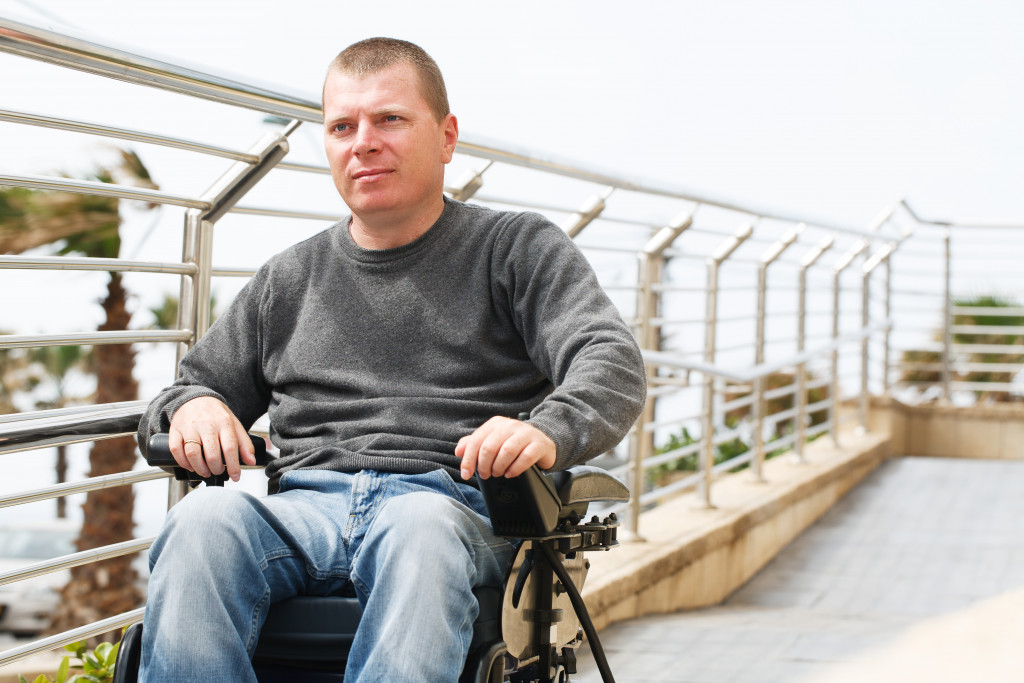One in five Americans lives with a disability. It’s estimated that by 2050, nearly 1 in 3 people will have some form of disability. That’s why communities need to become more accessible and inclusive for everyone. Accessible communities are those where everyone can participate in civic life, regardless of their abilities.
Accessible communities are also safer and more livable. They make it easier for people to get around and reduce the risk of accidents. And they can also save money by reducing the need for expensive infrastructure projects that accommodate only a certain population. Here are some ways communities can become more accessible for everyone.
Normalize the conversation
The first step to making communities more accessible is normalizing the conversation. When accessibility is just one part of a larger discussion about community, it becomes easier for people to understand how their communities can be more accessible and inclusive. It also makes it easier for advocates—or anyone else who wants to make an impact—to find like-minded people.
Accessible communities aren’t just an issue for those who need them. It’s also an issue for everyone else. According to the Americans with Disabilities Act (ADA), communities must be accessible and inclusive to everyone, regardless of their needs or abilities. Open discussions also help people find more resources, such as local disability programs and state-funded resources.
Transportation
Transportation is one of the most important and impactful areas where we can make our communities more accessible. While many kinds of disabilities affect millions of Americans, people with mobility impairments often have the most difficulty in getting around. The ADA requires that local governments provide curb ramps for people who use wheelchairs or other mobility devices; however, many cities fail to provide these critical access points.
Cities such as Houston and San Antonio have made great strides to provide curb ramps, but more work still needs to be done. In addition, to curb ramps, we need to make sure that public transportation is accessible for all people with disabilities. This includes making buses wheelchair accessible and ensuring they are equipped with lifts so passengers who use wheelchairs can board independently.
Law

Another way communities can be more accessible is by hiring lawyers. A community with an attorney on staff can ensure that the city complies with federal disability laws. This will make living independently easier for people who use mobility devices or have other disabilities. In addition, a community can hire an attorney to deal with disability issues. This is especially important if the district has not yet established accessible housing or public transportation. Doing so will make it easier for people with disabilities to live independently.
The city can also hire a disability lawyer to help it fight discrimination lawsuits. If someone with a disability is denied housing or access to public transportation because of their disability, then they may be able to file a lawsuit against the community. By hiring an attorney, the city will have someone who knows how to handle these cases and protect its residents from discrimination.
Communication
Communication access is another vital issue. Although we have made great strides in making our telecommunications systems accessible for people with hearing and vision impairments, more needs to be done to ensure that people who are deaf or hard of hearing can communicate effectively with local government officials. This includes ensuring that all public meetings, hearings, transactions, and other interactions are conducted in a manner accessible to people who are deaf or hard of hearing. It also means ensuring that all communication with the public is provided in an accessible format, such as large print or American Sign Language (ASL).
Programs such as the Federal Communications Commission’s (FCC) rules regarding closed-captioning on television and radio broadcasts have made a huge difference in the lives of people who are deaf or hard of hearing. However, these rules only apply to publicly-owned television stations and radio stations. They do not apply to local governments that use private companies for their cable TV service or other telecommunications needs. While local governments are responsible for providing accessible information to their residents, they also have a responsibility to ensure that the private companies they contract with follow these rules.
Employment
Employment is a significant factor in the lives of people with disabilities. The ADA requires employers to provide reasonable accommodations for qualified employees who are disabled. This means employers must make their facilities, equipment, and workplaces accessible to people with disabilities. Employers must also provide job training and other assistance for people with disabilities who want to enter or reenter the workforce.
Nowadays, more companies are offering employment opportunities to people with disabilities. Companies that hire people with disabilities are often able to offer competitive wages and benefits, which helps them attract and retain the best employees. Some companies are even conducting a blind recruitment process, which means they don’t know the disability status of applicants when they review their applications. This helps prevent employers from making any biased decisions based on a person’s disability.
Final Thoughts
Accessible communities don’t just benefit people with disabilities. They benefit everyone! It’s essential to recognize that people with disabilities are not a homogenous group. There are many types of disabilities and circumstances, which means the needs of each individual will vary depending on their disability and the environment in which they live. However, all people deserve equal access to employment opportunities, education services, transportation systems, government services, housing options, and community spaces.



